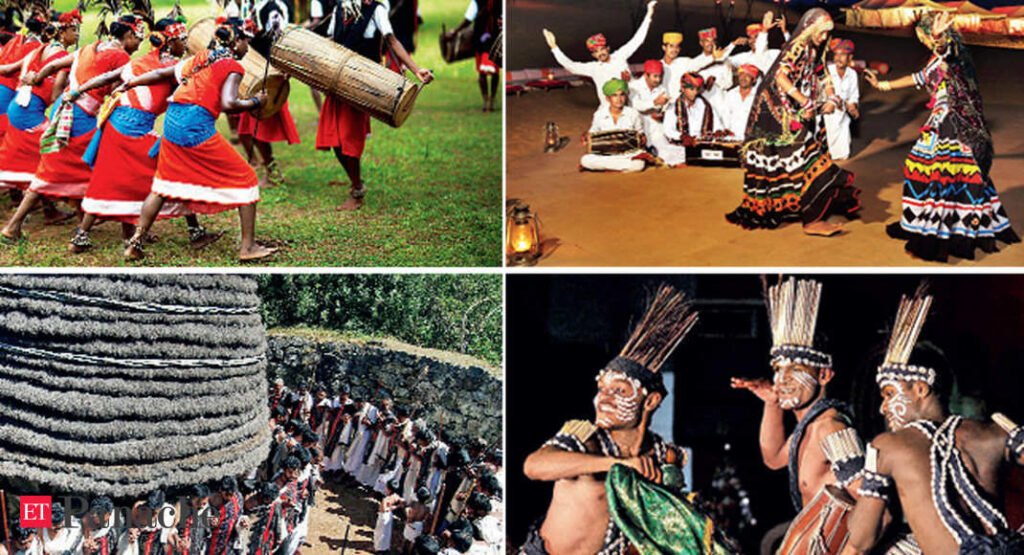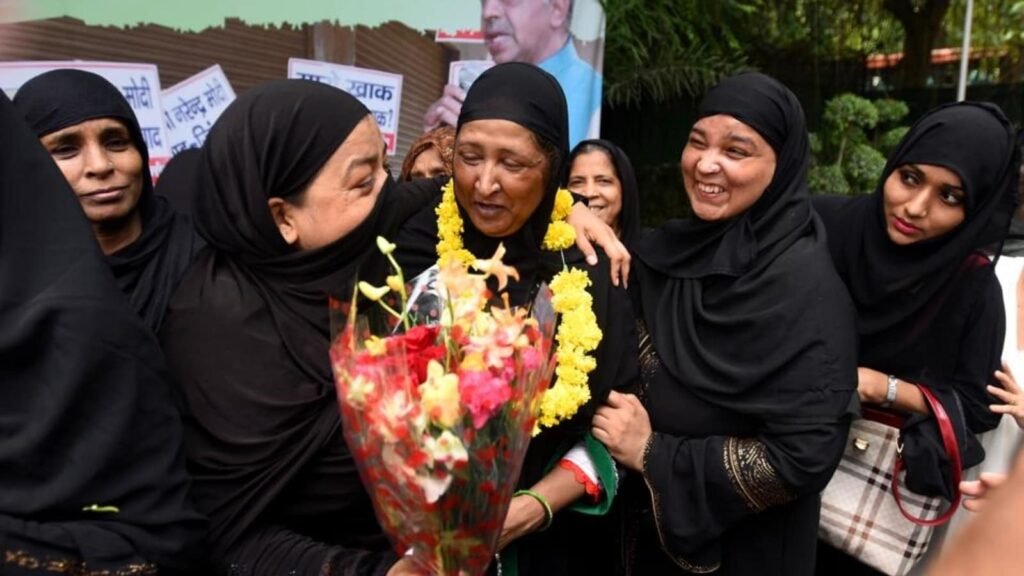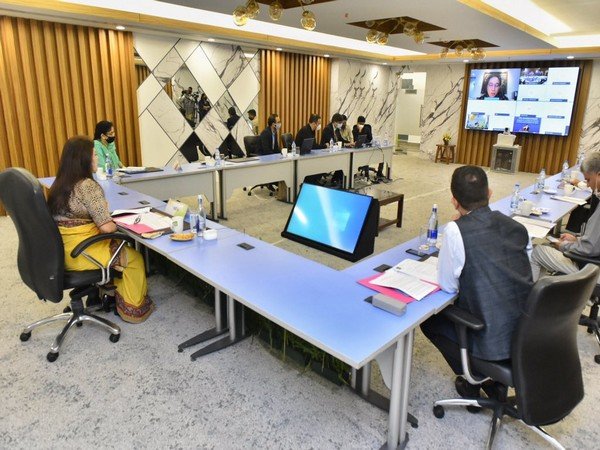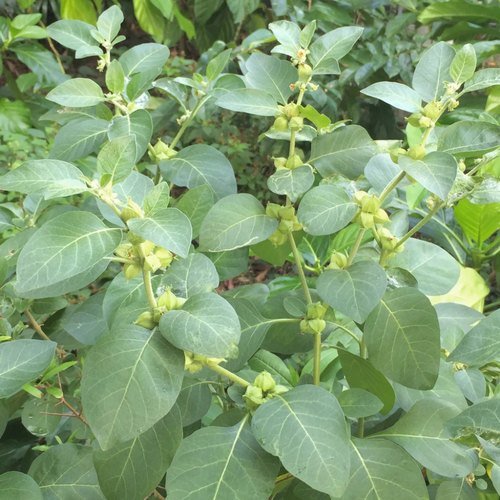Blog
August 1st and 2nd Current Affairs
- August 2, 2021
- Posted by: admin
- Category: Culture Current Affairs Daily News Defense & Security Disaster Management Economy Education Environment & Ecology Ethics Geography Governance Health History International Relation Persons in News Polity Science & Technology Social Issues Sports Uncategorized UPSC Notification Videos
1. Creamy Layer: OBC

IN NEWS:
- Recently, some MPs have raised the issue of defining Creamy Layer in the ongoing Monsoon Session of Parliament.
- Further, the Justice Rohini committee is considering the sub-categorization of OBC quota and if any particular community or group of communities are benefiting most from the OBC quota and how to iron out anomalies.
Key Points
Background:
- Based on the recommendation of the Second Backward Classes Commission (Mandal Commission), the government in August, 1990 had notified 27% reservation for Socially and Educationally Backward Classes (SEBCs) in vacancies in civil posts and services that are to be filled on direct recruitment.
- After this was challenged, the Supreme Court in November, 1992 (Indira Sawhney case) upheld 27% reservation for OBCs, subject to exclusion of the creamy layer.
Definition:
- It is a concept that sets a threshold within which OBC reservation benefits are applicable.
- While there is a 27% quota for OBCs in government jobs and higher educational institutions, those falling within the “creamy layer” (various categories based on income and parents’ rank) cannot get the benefits of this quota.
- Other than the income limit, the current definition of the creamy layer remains the same.
Categories defined under Creamy Layer:
Income beyond 8 lakh:
- For those not in government, the current threshold is an income of Rs 8 lakh per year.
- The income threshold is supposed to be raised every three years. It was last revised in 2017 (more than three years now).
Parents’ rank: For children of government employees, the threshold is based on their parents’ rank and not income.
- For instance, an individual is considered to fall within the creamy layer if either of his or her parents is in a constitutional post; if either parent has been directly recruited in Group-A; or if both parents are in Group-B services.
- If the parents enter Group-A through promotion before the age of 40, their children will be in the creamy layer.
- Children of a Colonel or higher-ranked officer in the Army, and children of officers of similar ranks in the Navy and Air Force, too, come under the creamy layer. There are other criteria as well.
Government’s Proposal:
- A draft Cabinet note has stated that the creamy layer will be determined on all income, including salary calculated for income tax, but not agriculture income.
- The government is considering a consensus on Rs 12 lakh, whereas Parliament Committee has recommended to raise upto 15 lakh per year.
- It also recommended excluding salary and agricultural revenue while calculating the annual income ceiling for the creamy layer category of OBCs
SOURCE:IE
2. Biotech-PRIDE.

IN NEWS:
- Recently, Biotech-PRIDE (Promotion of Research and Innovation through Data Exchange) Guidelines was released by the Department of Biotechnology (DBT), Ministry of Science and Technology.
- Further, a website of Indian Biological Data Centre (IBDC) was also launched.
KEY POINTS:
Biotech-PRIDE Guidelines:
- These guidelines envisage to bridge other existing biological datasets/data centres with the IBDC, which will be called Bio-Grid.
- This Bio-Grid will be a National Repository for biological knowledge, information and data.
- Also, Bio-Grid will be responsible for enabling its exchange, developing measures for safety, standards and quality for datasets and establishing detailed modalities for accessing data.
- These guidelines will be implemented through Indian Biological Data Centre (IBDC).
- Currently, India ranks number 4 amongst the top 20 countries contributing biological databases.
Need for Bio-Grid and its Advantages:
- With a large population of over 135 crore and heterogeneous character of the country, India needs its own exclusive database for Indian research and solutions.
- This indigenous database will have a huge enabling mechanism for exchange and adoption of data by young scientists and researchers for the benefit of Indian citizens.
- Sharing a wide range of large scale data advances the understanding of the molecular and biological processes.
- This will contribute to human health, agriculture, animal husbandry, fundamental research and thus will extend to societal benefits.
- Advances in DNA sequencing with a steep drop in DNA sequencing cost have enabled government agencies to fund research towards generation of large volumes of biological data in various sectors of Biosciences.
SOURCE:PIB
3. Initiatives to Promote Tribal Culture

IN NEWS:
The Ministry of Tribal Affairs is administrating the schemes of “Support of Tribal Research Institute” and “Tribal Festival, Research, Information and Mass Education” under which various activities to promote tribal culture have been undertaken.
KEY POINTS:
The schemes aim to ensure quality and uniformity in research works, evaluation studies, training, awareness generation among tribals, showcasing of rich tribal heritage including languages, habitats and cultivation and production practices.
Museum for Tribal Freedom Fighters:
To acknowledge the heroic and patriotic deeds of tribal people, the Ministry has sanctioned setting up 10 Tribal Freedom Fighters Museum.
Documentation of Indigenous Practices:
Research and documentation of Indigenous practices by tribal healers and medicinal plants, Adivasi Languages, agriculture system, dances and paintings etc.
Digital Repository:
To preserve and promote rich tribal cultural heritage and also to create awareness among others, a searchable digital repository has been developed.
Funding for Tribal Festivals:
The Ministry gives funding to TRIFED (Tribal Cooperative Marketing Development Federation of India) for organizing Adi Mahotsav festivals at National level and state level.
Other Initiatives Related to Tribals:
- Digital Transformation of Tribal Schools: In the first phase, 250 EMRS schools have been adopted by Microsoft, out of which 50 EMRS schools will be given intensive training and 500 master trainers would be trained.
- Development of PVTGs: It covers 75 Particularly Vulnerable Tribal Groups (PVTGs) for their comprehensive socio-economic development.
- Pradhan Mantri Van Dhan Yojana: It is a market-linked tribal entrepreneurship development program for forming clusters of tribal Self Help Groups (SHGs) and strengthening them into Tribal Producer Companies.
SOURCE:PIB
4. Muslim Women Rights Day.

IN NEWS:
Muslim Women Rights Day was observed on August 1 in India.
KEY POINTS:
- Year 2021 marks second anniversary of triple talaq bill which is officially called as Muslim Women Act (Protection of Rights on Marriage) passed in the Rajya Sabha.
- Muslim Women Rights Day is observed on August 1 in the backdrop of Triple talaq bill that was approved in Parliament on August 1, 2019.
- Triple talaq bill was a great milestone in liberating Muslim women from shackles of social evil that came in form of divorce terms.
- Cases like ‘Shah Bano Begum & Ors vs Mohd. Ahmad Khan’, ‘Shayara Bano vs Union Of India and Ors’ laid the foundation stones for the move.
- Shayara Bano in her writ petition asked Supreme Court to consider the three practices- talaq-e-biddat, polygamy, nikah-halala- as unconstitutional.
- Cases were filing citing the violation of Articles 14, 15, 21, 25 of the Constitution.
Why this date is regarded as ‘Muslim Women Rights Day’?
- The Triple Talaq law made ‘triple talaq’ a criminal offence.
- This law is considered as a crucial step because it ensured protection of Muslim women against gender inequality and empowerment by lawfully criminalising practice of instantaneous ‘talaq’.
- Hence this day is observed as Muslim Women Rights Day. This law seeks to promote women’s self-reliance, self-respect, and boost self-esteem because it strengthens fundamental and democratic rights of Muslim women.
About Triple Talaq Law
As per the Triple Talaq Act, declaration of talaq would be treated as a cognizable offence. Law provides for imprisonment of 3 years imprisonment along with a fine.
Success of the law
Ever since the law was passed, there has been a reduction in Triple Talaq cases by 82 per cent.
SOURCE:TH
5. e-RUPI.

IN NEWS:
Prime Minister Narendra Modi is to launch “e-RUPI Digital Payment Solution” on August 2, 2021. e-RUPI is an e-voucher-based payment solution.
KEY POINTS:
- e-RUPI initiative will be launched to limit touch points between government and beneficiary.
- Platform will also ensure that benefits reach its intended beneficiaries in a targeted and leak-proof manner.
- e-RUPI is a one-time payment mechanism that will allow users to redeem voucher without using card, digital payments app or internet banking access.
e-RUPI Platform:
- National Payments Corporation of India (NPCI) developed e-RUPI platform on its UPI platform. It has on boarded banks to act as issuing entities.
- It was launched in collaboration with Department of Financial Services, Ministry of Health & Family Welfare and National Health Authority.
- This platform was launched to ensure a leak-proof delivery of welfare services.
- Platform will be used to deliver services under schemes that are meant to provide drugs & nutritional support under Mother and Child welfare schemes, drugs & diagnostics under schemes such as Ayushman Bharat Pradhan Mantri Jan Arogya Yojana, fertilizer subsidies and TB eradication programmes.
- Private sector can also leverage these digital vouchers under their employee welfare and corporate social responsibility programmes.
SOURCE:IE
6. G20 Culture Ministers’ Meeting.

IN NEWS:
- On July 29 and 30, the first G20 Culture Ministers Meeting was held in Rome, Italy.
- This was a major two-day event that took place during the Italian G20 presidency.
- The Colosseum and Palazzo Barberini hosted the G20 Summit in Rome.
KEY POINTS:
- The meeting began on Thursday on the stage of the Colosseum. The culture ministers of the 20 largest economies in the world and 40 high-level cultural delegations attended the meeting.
- The meeting was attended by the Italian Prime Minister, Mario Draghi, the Minister of Culture, Dario Franceschini, and the Director General of UNESCO, Audrey Azoulay.
- OECD, UNESCO, the Union for the Mediterranean, the Council of Europe, ICOM, ICCROM and ICOMOS, Interpol, the United Nations Office on Drugs and Crime (UNODC), and the World Customs Organization (WCO) took part in the meetings.
- On Friday, July 30, conference was held at Palazzo Barberini, the museum houses the collection of ancient Italian art and the museum will be closed to the public on July 30.
Discussion on Key Topics
The key topics which were up for discussion in Rome were:
- Protect and promote the cultural and creative sector as an engine for balanced growth which is also sustainable.
- Protect cultural heritage from risks, including natural disasters, environmental degradation and climate change, sabotage and looting, and illegal traffic in cultural property.
- Promote digital and technological transformation in the cultural and creative fields.
- Develop the capacity through training to face the complexity of the contemporary world and the challenges of the cultural sector.
- Joint Statement on Climate Change through Culture.
SOURCE:PIB
7. Ashwagandha:

IN NEWS:
- Recently, India and the UK have collaborated to conduct a study on ‘Ashwagandha (AG)’ for promoting recovery from Covid-19.
- After the trial’s success, ‘Ashwagandha’ will be a proven medicinal treatment to prevent infection and be recognised by the scientific community worldwide.
- This is the first time that the Ministry of Ayush has collaborated with a foreign institution to investigate its efficacy on Covid-19 patients.
KEY POINTS:
About Ashwagandha:
- Ashwagandha (Withania somnifera) is a medicinal herb. It is reputed as an immunity enhancer.
- It is classified as an adaptogen, which means that it can help the body to manage stress.
- Ashwagandha also boosts brain function and lowers blood sugar and helps fight symptoms of anxiety and depression.
- Ashwagandha has shown clinical success in treating both acute and chronic rheumatoid arthritis.
- Rheumatoid arthritis (RA) is an autoimmune disease that can cause joint pain and damage throughout your body.
- An autoimmune disease is a condition in which your immune system mistakenly attacks your body.
Potential of Ashwagandha:
- The study suggests Ashwagandha as a potential therapeutic candidate for alleviating the long-term symptoms of Covid-19.
- Recently, a number of randomised placebo-controlled trials of AG in humans in India had demonstrated its efficacy in reducing anxiety and stress, improving muscle strength and reducing symptoms of fatigue in patients treated for chronic conditions.
- A randomized controlled trial is a prospective, comparative, quantitative study/experiment performed under controlled conditions with random allocation of interventions to comparison groups.
SOURCE:TH
